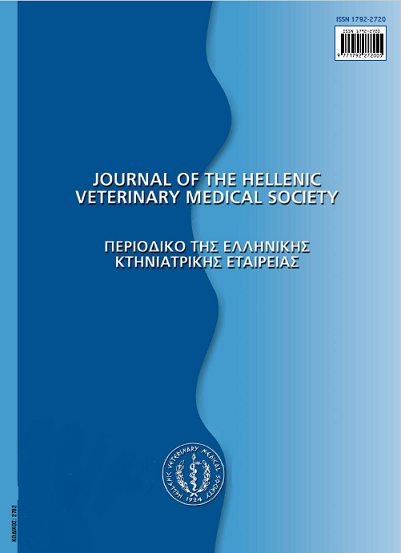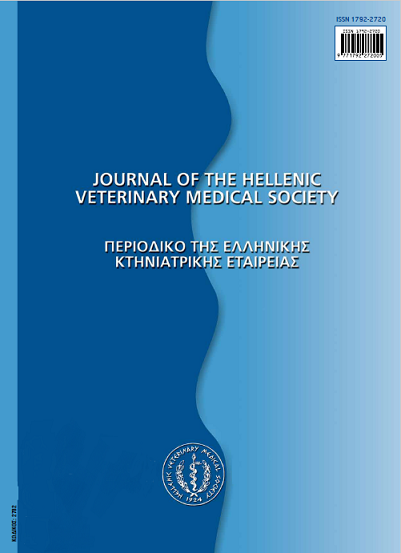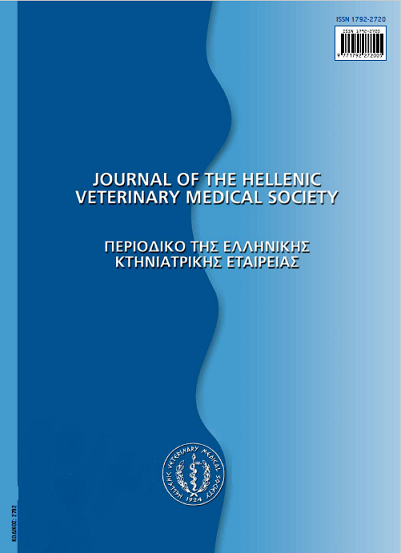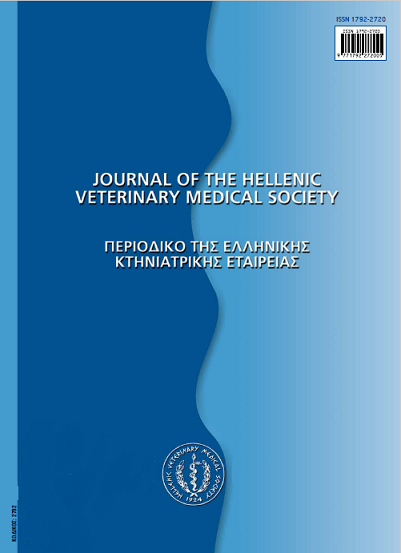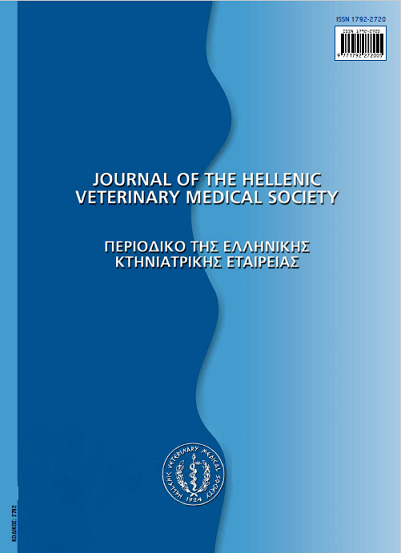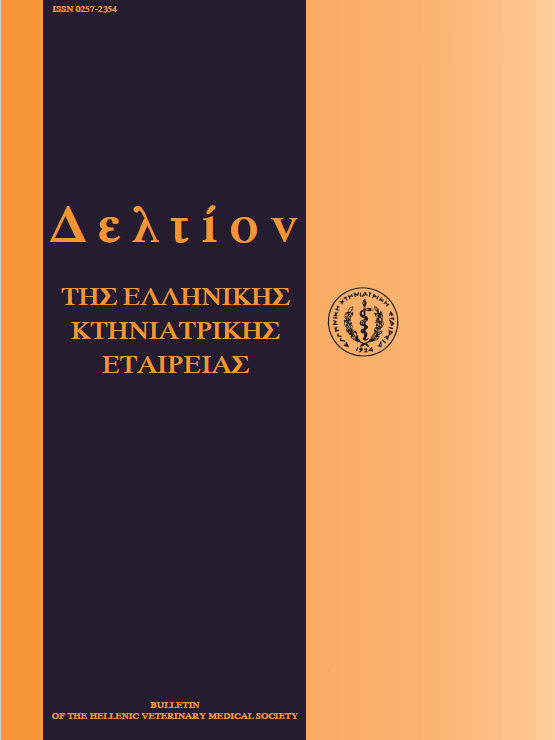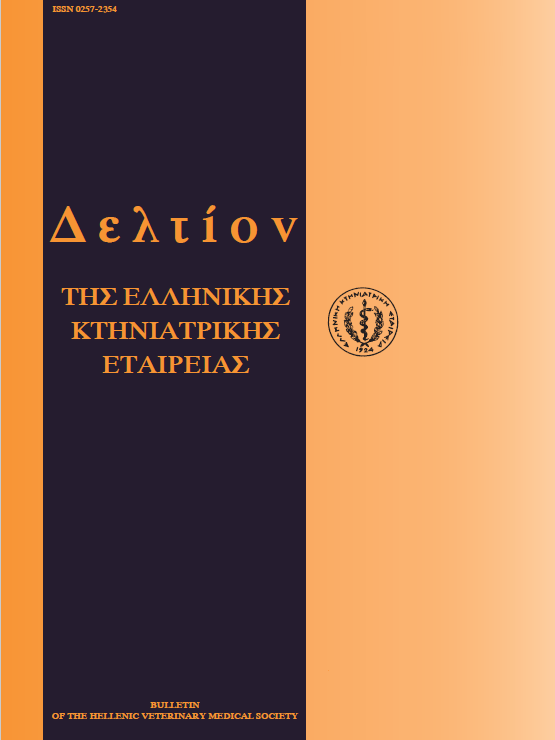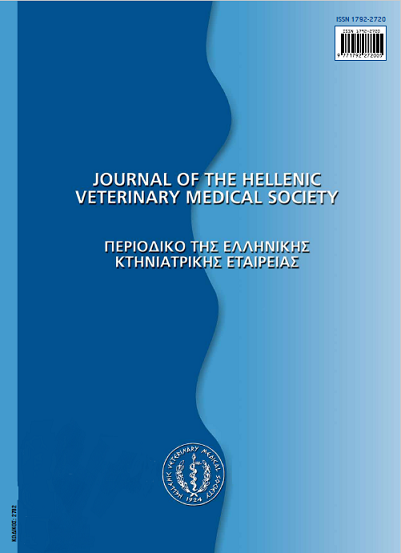The use of algae in animal nutrition
Resumen
In this review article the use of algae as feed in animal nutrition is being examined. The algae evolved on earth 3.5 billion years ago. They are primitive, generally aquatic and photosynthetic organisms, which range in size from 0,2-2,0 μιτι in diameter -microalgae (phytoplankton) up to 60 m length- macroalgae and may divide once or more per day. Algae are classified using a combination of characteristics in the chlorophyta, phaeophyta, chrysophyta, rhodophyta (all of them are macroalgae), pyrrhophyta and cyanophyta (they are microalgae). The chemical composition of algae varies over a wide range and depends on environmental conditions. Algae are necessary in the reduction of greenhouse gas emissions. They can be used as biodisel from their bio-lipid oil, as feed additives (alginates, carrageenans, agar, pigments), as therapeutic agents, as cosmetics, as organic fertilizer. Moreover, edible algae are considered sources of minerals and a complementary source of food protein for human -especially infunctional foods and animal nutrition, both in ruminants and monogastric animals. Algae in the rations of lactating cows increased milk production, the average milk protein, the amount of lactose, and prolonged the lactation period, while algae rich in (n-3) fatty acids effected positively on this fatty acid content of milk. In calves the dietary algae en-hanced immune function and improved carcass characteristics. Regarding the ewes, the algae nutrition affected milk fat composition and their dairy products. Researches on monogastric animals showed that the dietary supplementation of algae rich in docosqexaenoic acid increased its content in muscle tissue of rabbits, heavy pigs (live weight around 160 kg) and in the egg yolk of laying hens. In addition, algae in poultry diets can be used effectively as pigment sources both in egg yolk and in broiler skin and shanks. Algae have been found also to be a valuable food for fish farmed by acquaculture. However, further investigation is needed concerning the use of algae in human and animal nutrition.
Article Details
- Cómo citar
-
CHRISTAKI (Ε. ΧΡΗΣΤΑΚΗ) E., KARATZIA (Μ. ΚΑΡΑΤΖΙΑ) M., & FLOROU-PANERI (Π. ΦΛΩΡΟΥ-ΠΑΝΕΡΗ) P. (2017). The use of algae in animal nutrition. Journal of the Hellenic Veterinary Medical Society, 61(3), 267–276. https://doi.org/10.12681/jhvms.14894
- Número
- Vol. 61 Núm. 3 (2010)
- Sección
- Review Articles
Authors who publish with this journal agree to the following terms:
· Authors retain copyright and grant the journal right of first publication with the work simultaneously licensed under a Creative Commons Attribution Non-Commercial License that allows others to share the work with an acknowledgement of the work's authorship and initial publication in this journal.
· Authors are able to enter into separate, additional contractual arrangements for the non-exclusive distribution of the journal's published version of the work (e.g. post it to an institutional repository or publish it in a book), with an acknowledgement of its initial publication in this journal.
· Authors are permitted and encouraged to post their work online (preferably in institutional repositories or on their website) prior to and during the submission process, as it can lead to productive exchanges, as well as earlier and greater citation of published work.

